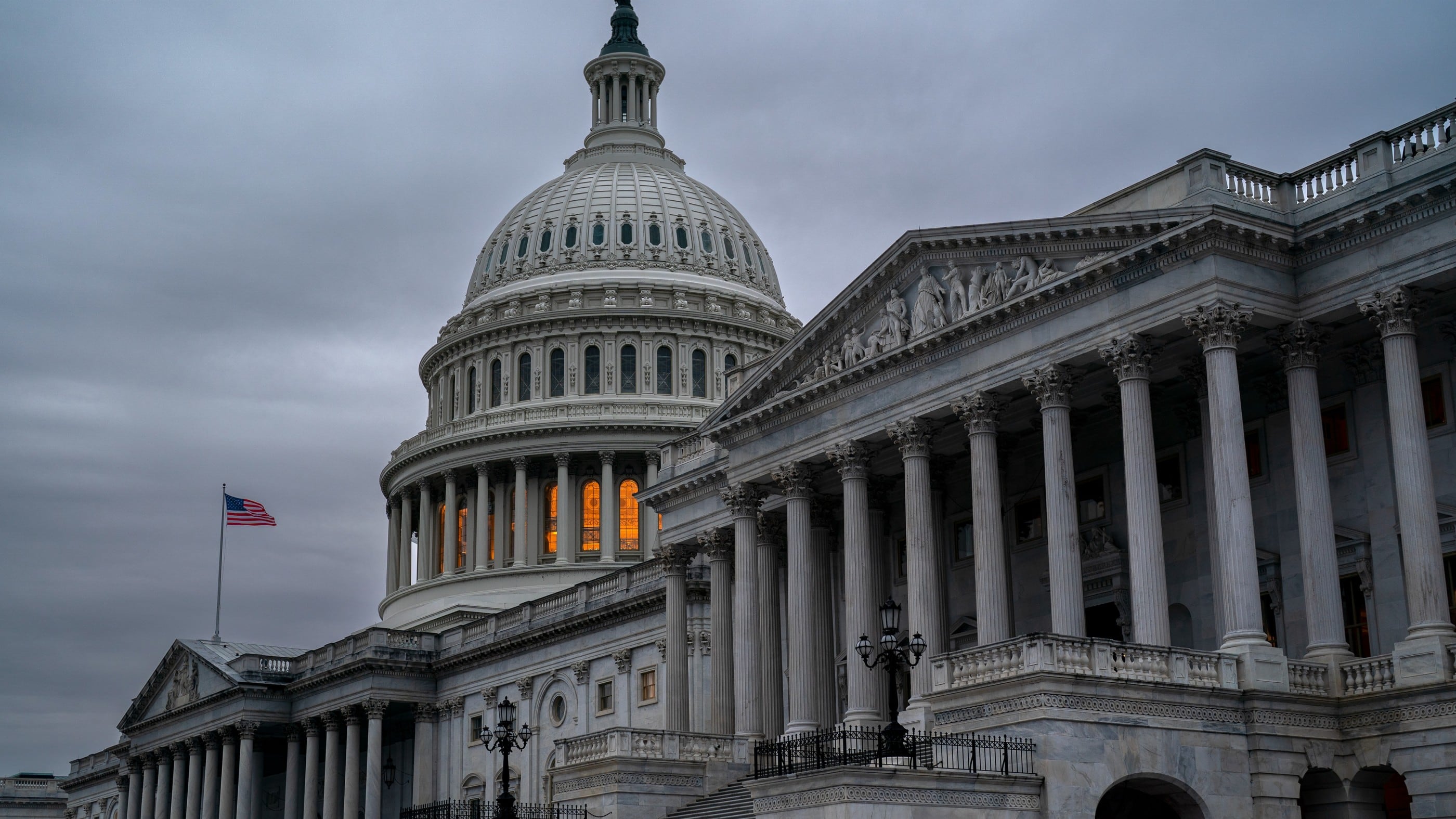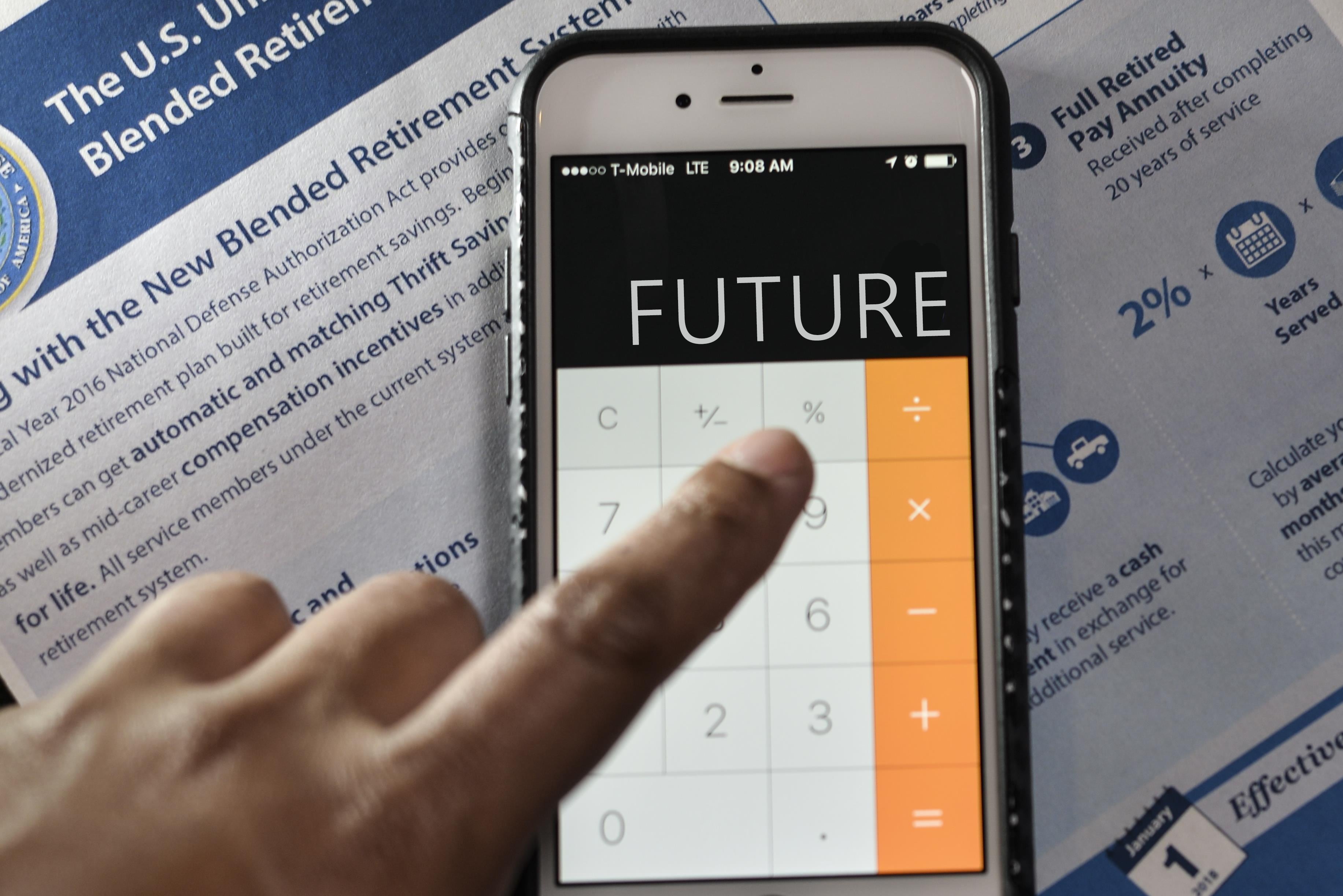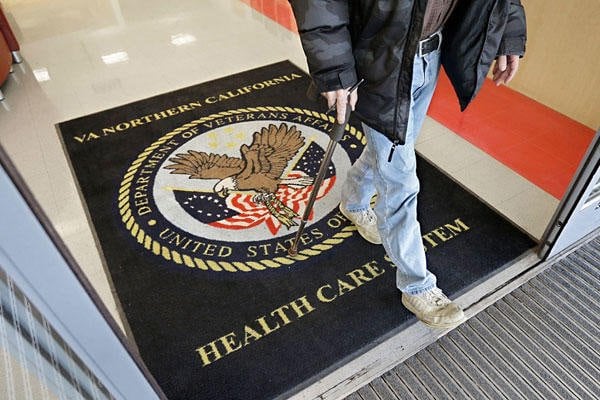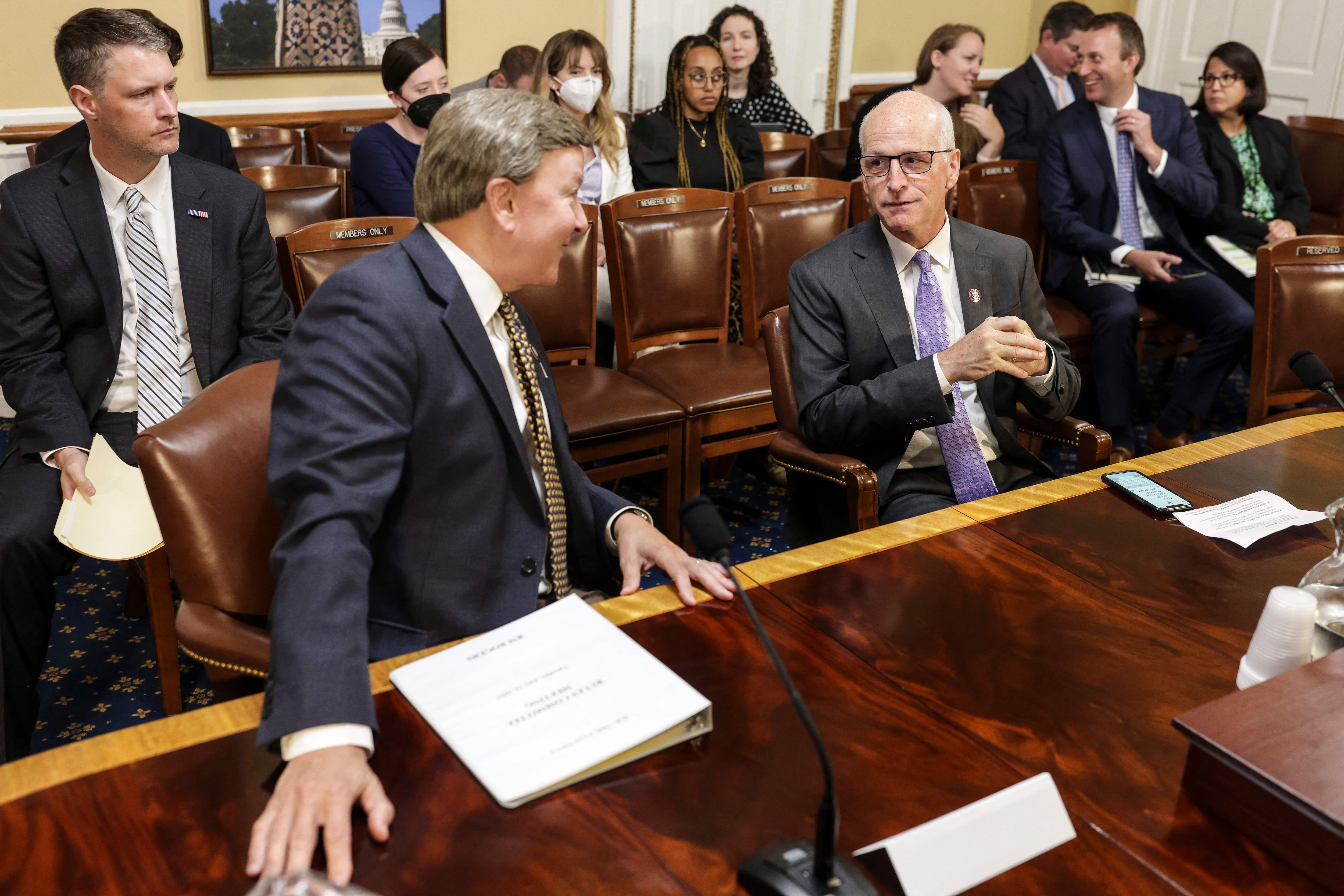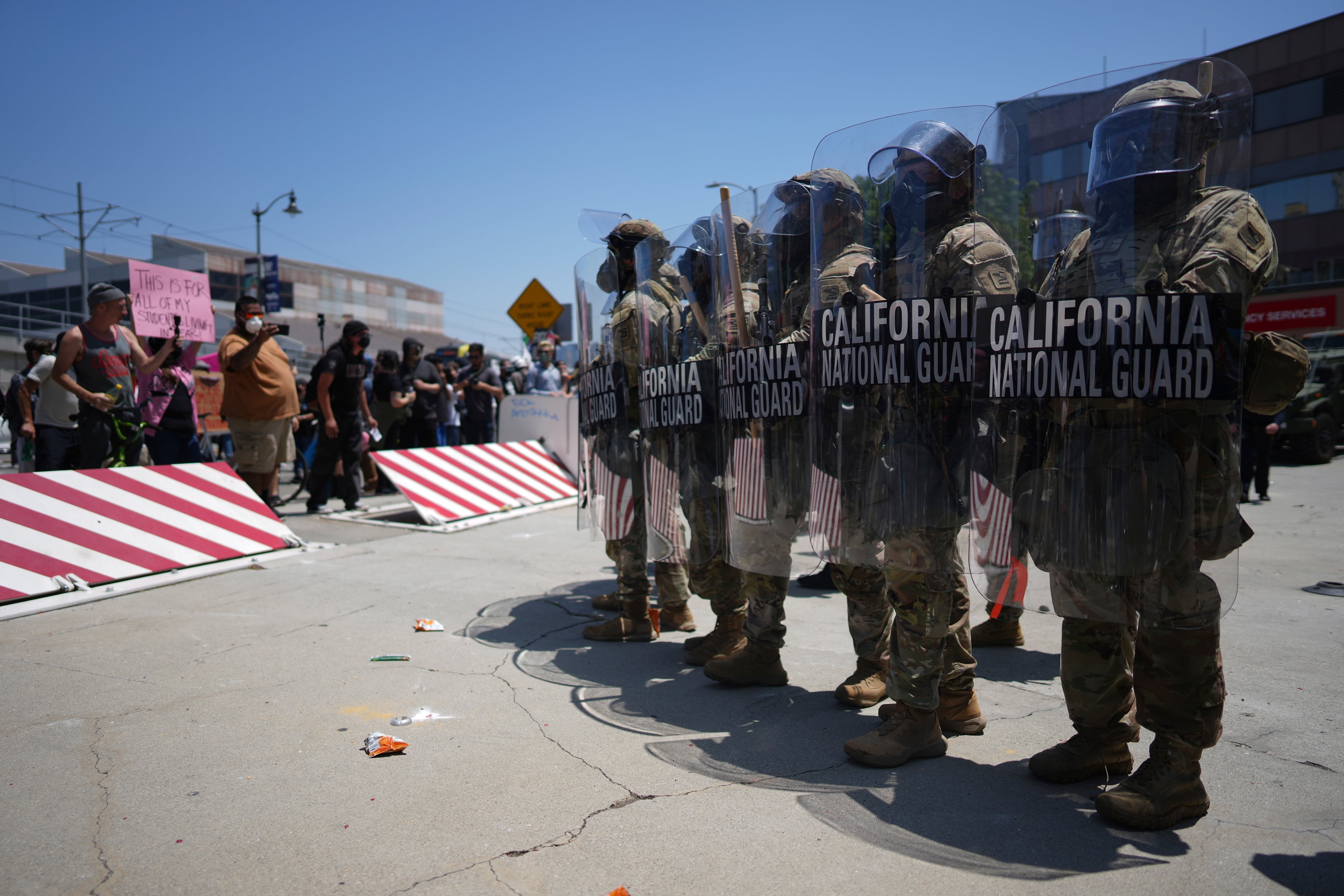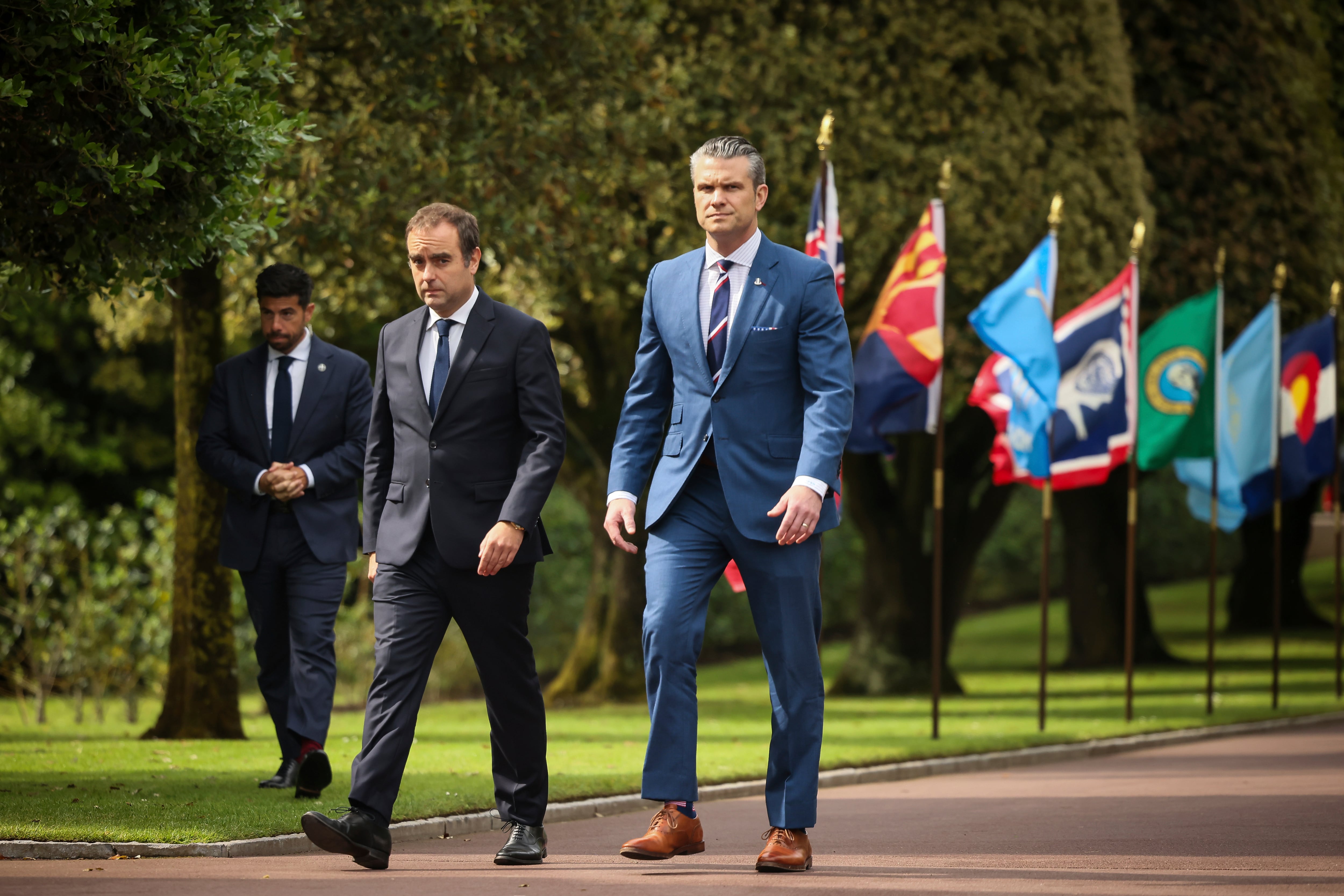A rainy day fund can provide a lot of peace of mind and can help avoid some deeper financial problems.
You've read about it in this column: Financial planning experts recommend having a rainy day fund equal to at least three months of living expenses — and in some cases they advise stockpiling six months to a year of expenses.
Generally, military service offers more job security than many professions (although the current military drawdown is causing some angst in the ranks).
But aside from the salary and allowances that pay the rent or mortgage and utilities, food and car payments, other unexpected expenses can easily pop up. What happens if the car breaks down, or if you have to travel for a death in the family?
When we recently profiled some troops' finances, there were several examples that highlighted the importance of having emergency funds. Some needed to build up their funds, although they had depleted them for good reasons:
- Army Capt. Christopher Hudson and his wife, Corley, had a significant emergency fund prior to last fall. Then they sold their house and moved closer to Corley's office; then she had a baby and took nine weeks of unpaid leave. The costs of the move and the absence of her paycheck depleted their emergency fund, and they're now working to rebuild it so they'll have a bigger cushion when Hudson leaves the Army later this year. But having that emergency fund in the first place gave them flexibility to make a choice that allowed Corley to initially spend more time at home with her new baby.
- Navy Yeoman 2nd Class Justin Nagel is struggling under the weight of $168,000 in student loans, and he, too, is trying to build up an emergency fund to $3,000. Until recently, his emergency fund was about $2,000, but he had to buy vehicle tires, which cut his fund to $1,300. Still, having those funds set aside allowed him to get those tires without putting debt on a credit card.
- Army Staff Sgt. Jerry Griffis and his wife, Ellie, have been disciplined about their money. When they moved to Fort Riley, Kansas, they converted their home in Kentucky to a rental property. They've wisely saved $7,000 in a separate emergency fund to cover maintenance and repair for that home, and to pay the mortgage in case they don't have rent coming in for some reason.
- Army Staff Sgt. Richard Hendricks, profiled in this week's Military Times Insurance Guide, has $3,000 in an emergency fund and is working to increase it. However, that savings has an impact on his insurance deductible. He's chosen a higher deductible — the first $500 for repairs following an accident — but he's got enough money in savings to cover that.
Having the higher deductible allows Hendricks to tradeoff and save on his insurance premiums. That's just one of many ways that an emergency fund could help you.
But the most important way is helping you avoid adding to your debt load, which costs you even more money in the long run.
It's awfully hard for many people to come up with a large stash of cash. For example, if your rent and utilities are $1,200 a month, your car payment is $200 a month, groceries are $400 a month, that's $1,800 a month in expenses — for starters. That means a three-month stash would be $5,400.
That amount is daunting, but take it a step at a time; every dollar could help you save money on an unexpected future expense.
Cutting out some lattes, stashing some of the money you're saving because of lower gas prices, using coupons for groceries after shopping around for the best price — there are many ways to carve some cash from your budget to build an emergency fund.
Karen has covered military families, quality of life and consumer issues for Military Times for more than 30 years, and is co-author of a chapter on media coverage of military families in the book "A Battle Plan for Supporting Military Families." She previously worked for newspapers in Guam, Norfolk, Jacksonville, Fla., and Athens, Ga.


